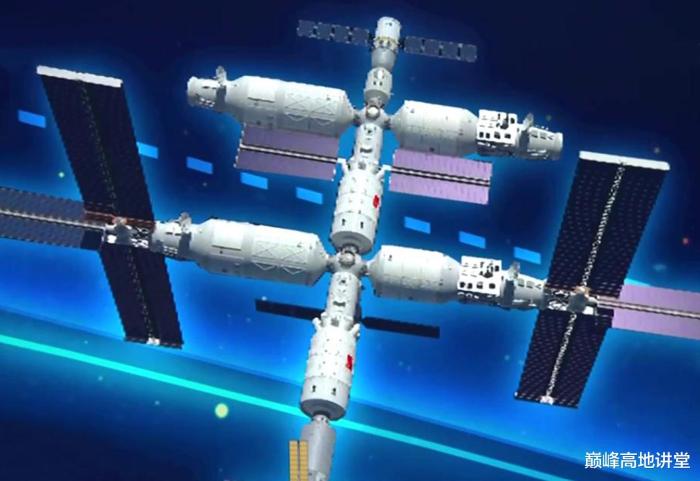In this earlier CSS, the MT cargo bay house an astronomical telescope. However the scientific experiment racks and control moment gyroscope onboard will cause inevitable vibration, in addition to spacecraft rendezvous and EVA that will cause inevitable orientation adjustment to CSS, interfering with the operation of the astronomical telescope.
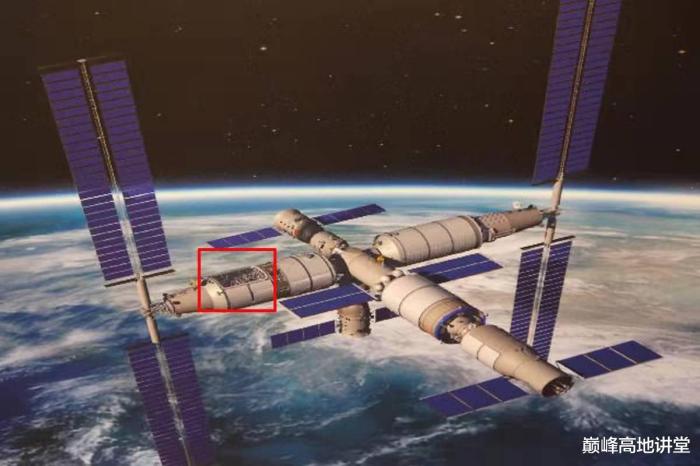
Soon after the Xuntian telescope project is sanctioned, experts suggest to make it an independent satellite orbiting close to the CSS at the same 400 km LEO. This effectively removed all interference to the Xuntian telescope, the suggestion was accepted quickly.
Xuntian telescope thus becomes an independent satellite.
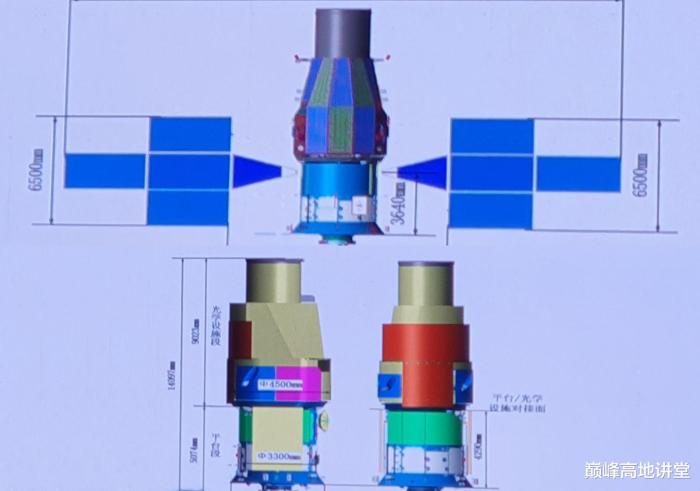
Xuntian telescope under construction.
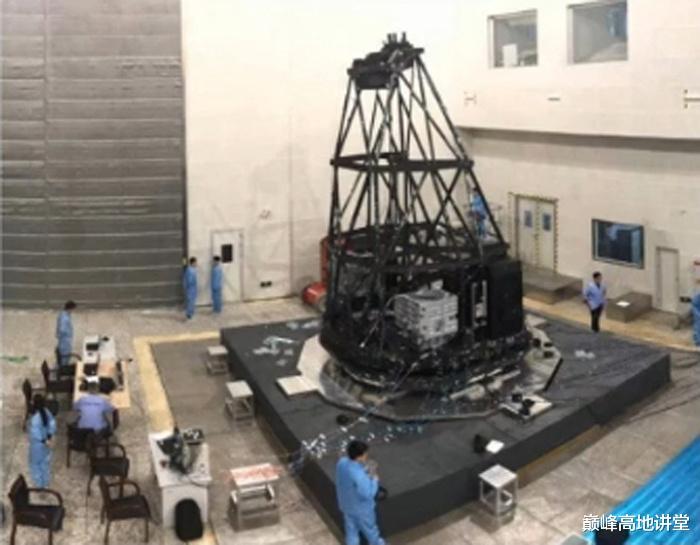
The space in the cargo bay reserve for Xuntian telescope becomes the expose facility to house exposure experiments. The Xuntian telescope will routinely rendezvous with the CSS for refueling, maintenance, with the possibility to carry out orbital upgrade and repair.
Xuntian telescope rendezvous with the CSS as depicted below.
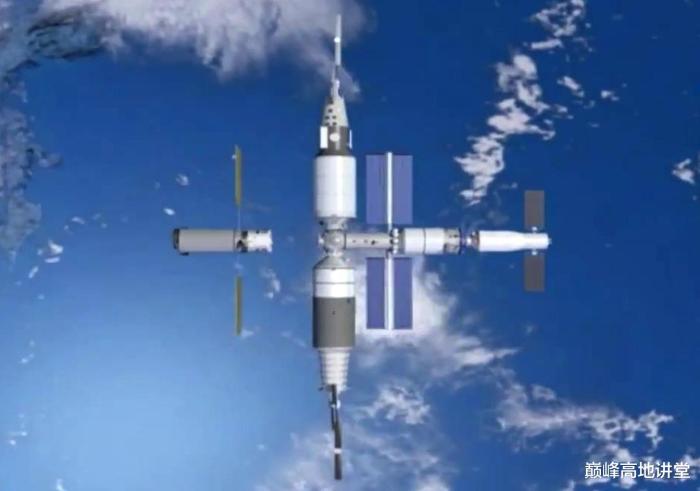
The Xuntian telescoppe operation model open up the possibility of using CSS as a host for other space modules that need orbital service from refueling, maintenance to upgrade and repair. This new concept will result in future space experimental modules or satellites utilizing the service of CSS.
The MT space lab also house backup system of the CSS except the living quarters.
The CSS three modules ground verification facility.
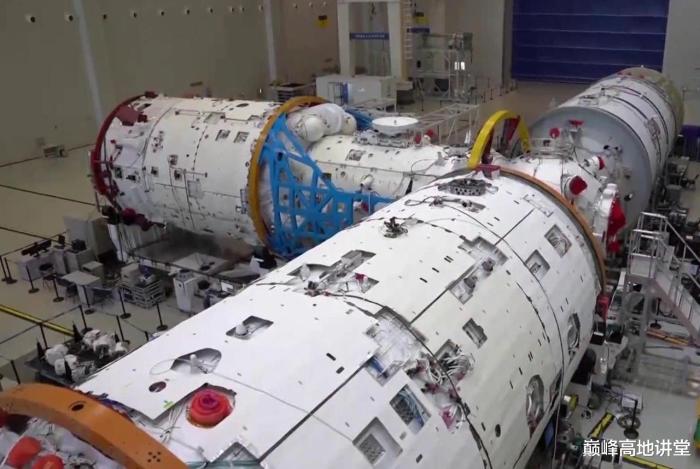
Lessons and Future Extension
In the ISS, NASA modules and non-NASA modules have incompatible heat radiation circuit, incompatible docking ports for modules and spacecraft, relying on a single core module for attitude control, solar array wings on ITS blocks sunlight from non-NASA solar array panels.
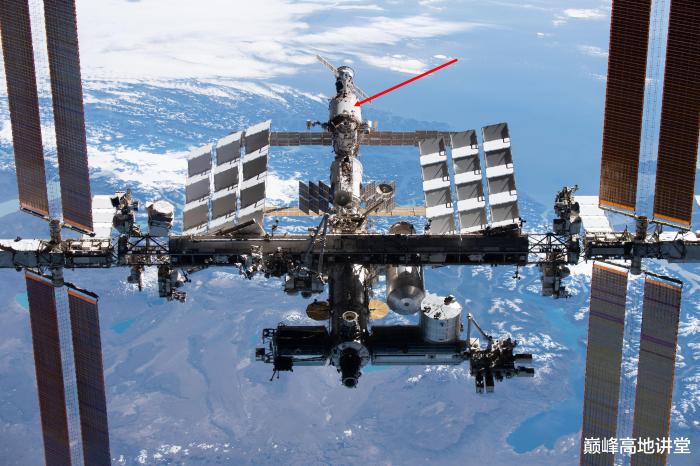
The highly integrated CSS doesn't suffer from incompatibility issue, every critical system is ensured to have redundancy for backup, from EVA airlock, attitude control, living quarters, to control system etc. High speed network allow control of the CSS to be carried out from any module. Bi-directional sharing of electric power, for example, allow incoming spacecraft whether TZ or SZ, to provide electricity to the CSS or vice versa. In ISS power supply is uni-directional.
CSS also learn lessons from earlier space station. For example, every module on Mir is equipped with solar array panels that when the modules joined, their proximity cause sun light to be blocked easily.
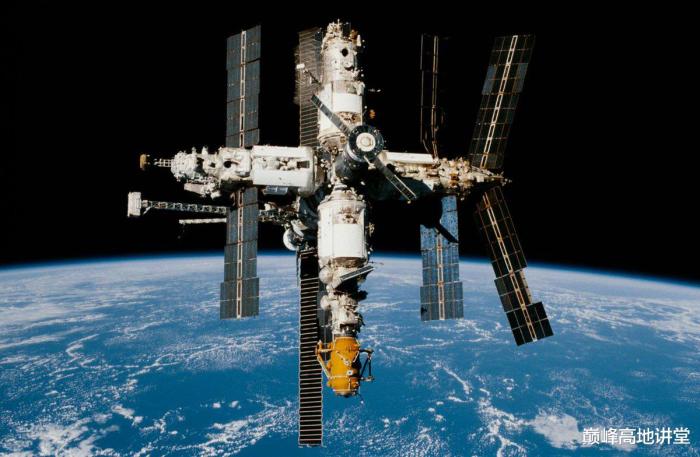
The ITS arrangement of separating the solar array wings away from the orbital segments in ISS resolve the sunlight blocking issue. The CSS use only two large pair of solar array wings that are also placed as far away from each other as possible, but without the need of separately launching a complicated ITS that require orbital assembly. The CSS solar array wings placed at the tip of the space labs is 40 m apart.
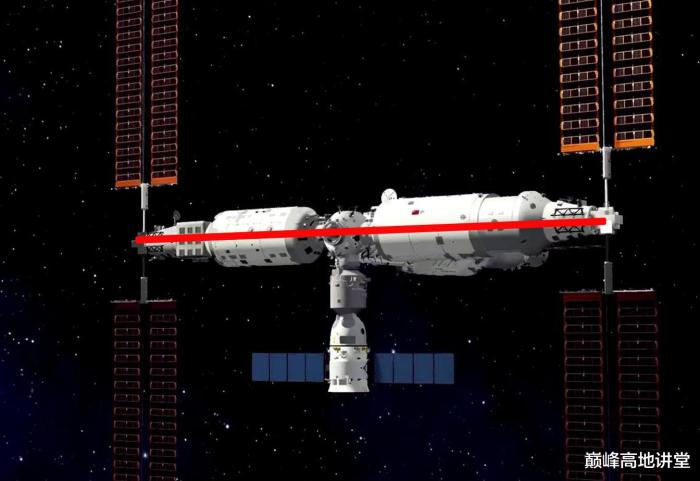
The ISS took 14 years to assemble in orbit, in the duration many scientific payload weren't launched, resulting in waste of time and money. CSS construction can be completed in less than two years and enter full operation right away.
The 70 ton three modules CSS (excluding TZ and SZ spacecraft) functionality is already comparable to ISS. It is designed with extension in mind. There're two approach to extension, the first is mounting large exterior payload, the Tianhe core module and the TW space lab each has a mounting point for large exterior payload.
The mounting point for large exterior payload on Tianhe core module.
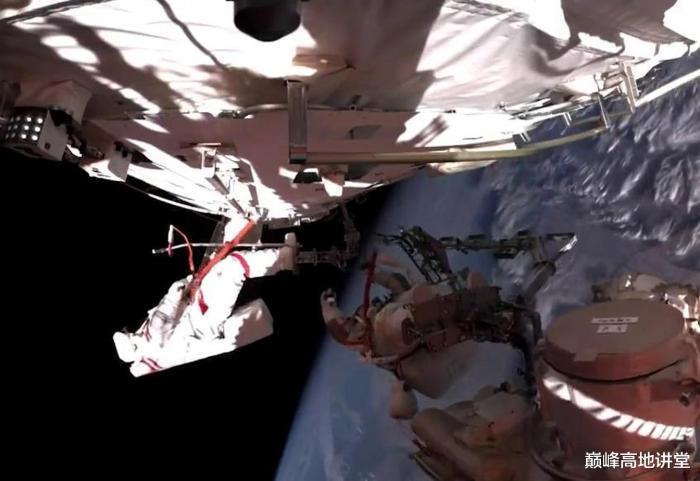
The second approach is the addition of three more modules that expand the CSS into a 180 ton space station (two core modules + 4 space lab modules + Xuntian telescope + 1 TZ cargo spacecraft + 2 SZ spacecraft). The fully extended CSS will surpass the experiment capacity of the ISS.
